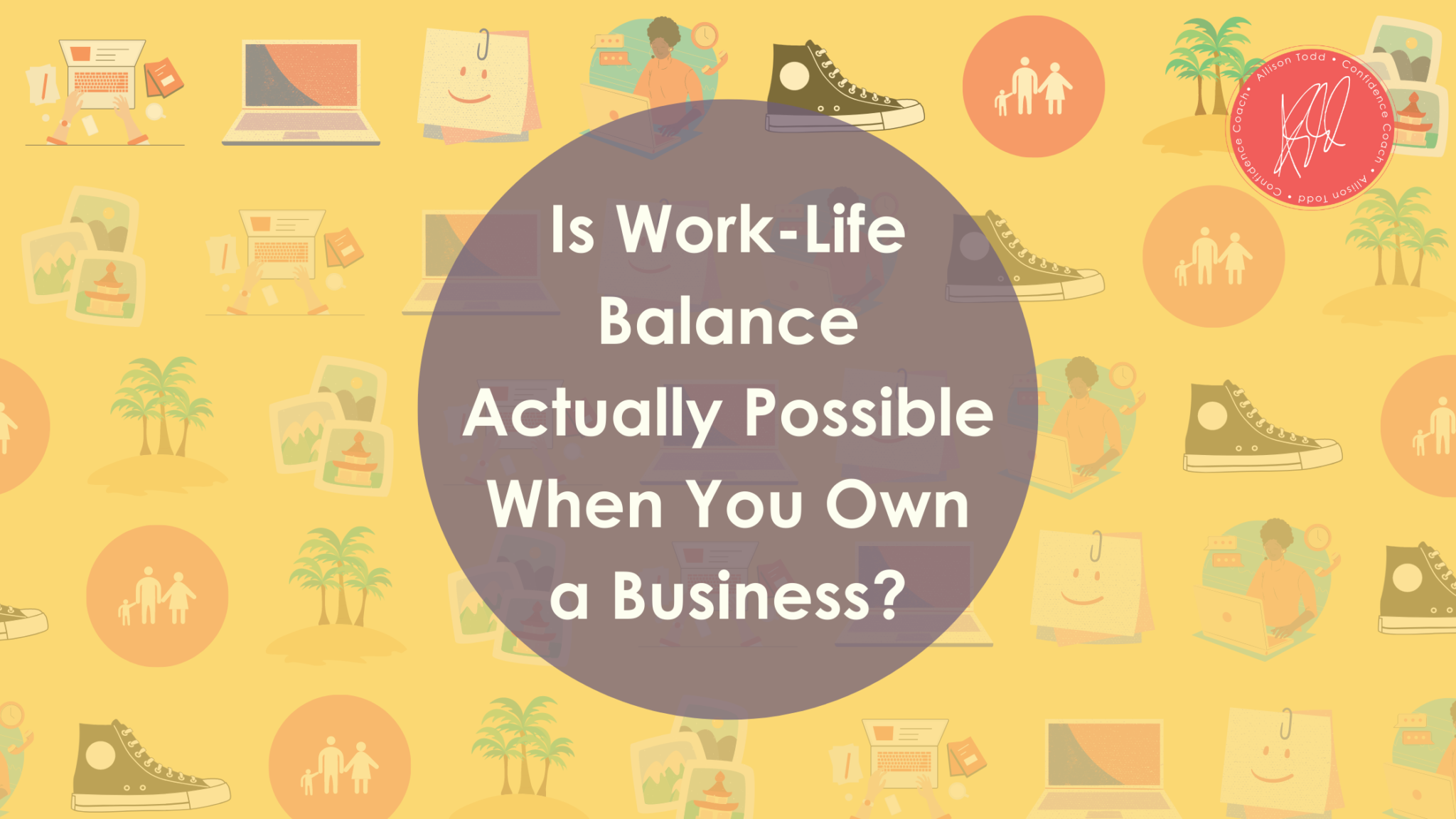Introduction
Firing an employee is undoubtedly one of the most challenging tasks a manager or employer has to face. The process can be emotional, complex, and, at times, overwhelming. However, handling the situation with empathy, professionalism, and respect can make the transition smoother for both parties involved. In this blog, we will explore the art of letting someone go with grace and compassion while minimizing the pain associated with such an event.
The Personal Connection
I remember the time when I had to let go of an employee, let’s call her Sarah, due to restructuring within the company. It was an experience that taught me valuable lessons about how to approach such a difficult situation with empathy and care. Sarah had been a dedicated member of the team for several years, and her performance had always been commendable. However, due to changes in our industry, her role was no longer aligned with the company’s evolving needs.
1. Preparation is Key
Before breaking the news to Sarah, I spent days preparing for the conversation. I made sure to have all the necessary documentation and performance records to back up the decision. This not only helped me feel more confident about explaining the situation but also ensured that Sarah would receive a clear and comprehensive explanation.
2. Choose the Right Setting
Understanding the importance of a private and respectful setting, I chose a quiet meeting room for our conversation. I wanted Sarah to feel comfortable expressing her emotions without the fear of being observed by others. This allowed us to have an open and honest dialogue.
3. Be Direct and Compassionate
As I sat across from Sarah, I knew the importance of being direct. I started the conversation by acknowledging her contributions and dedication to the team. I then explained the situation, expressing how difficult this decision was for both of us. My goal was to be honest while also conveying empathy and understanding.
4. Provide a Clear Explanation
I shared with Sarah the reasons behind the decision, emphasizing that it was not a reflection of her skills or commitment. I used specific examples to illustrate the company’s changing needs and how her role was no longer aligned with our direction. By presenting clear facts, I aimed to help her see the bigger picture.
5. Active Listening
As I delivered the news, I saw a range of emotions flash across Sarah’s face. I gave her the time and space to express her feelings. She shared her concerns, fears, and thoughts about the situation. Through active listening, I ensured that she felt heard and validated during this challenging time.
6. Offer Support and Resources
Understanding the uncertainty that accompanies job loss, I offered to assist Sarah in her job search. I provided information about job placement services, networking opportunities, and even offered to write her a strong recommendation letter. This gesture reassured her that her well-being mattered to me beyond her role in the company.
7. Respect Their Dignity
Throughout the process, I focused on treating Sarah with the utmost respect and dignity. I made sure that our conversation remained confidential and that her departure was handled discreetly. This was a commitment I made to ensure she retained her self-esteem throughout the transition.
8. Maintain Confidentiality
Understanding the sensitivity of the situation, I refrained from discussing the details of Sarah’s departure with other employees. This was crucial in maintaining a positive and respectful atmosphere within the team.
9. Follow Up
After our initial conversation, I followed up with Sarah a few days later. I wanted to check on her emotional well-being and offer any further assistance she might need. This follow-up showcased my genuine concern for her as a person, not just as an employee.
Conclusion
My experience with letting go of Sarah taught me that firing someone with class and compassion is an art that requires careful planning, empathy, and respect. By preparing thoroughly, choosing the right setting, and maintaining open communication, you can navigate this challenging process in a way that minimizes pain and preserves dignity. Remember, the way you handle these difficult moments can define your organization’s culture and leave a lasting impact on the individuals involved.
If you’re seeking more guidance on handling tough workplace situations with confidence and empathy, I invite you to visit my website at AllisonTodd.com As a dedicated confidence coach, I’m here to provide support and resources to help you navigate such challenges and foster a positive and respectful work environment. Together, we can learn and grow, ensuring that each interaction, even the difficult ones, becomes an opportunity for growth and compassion.









